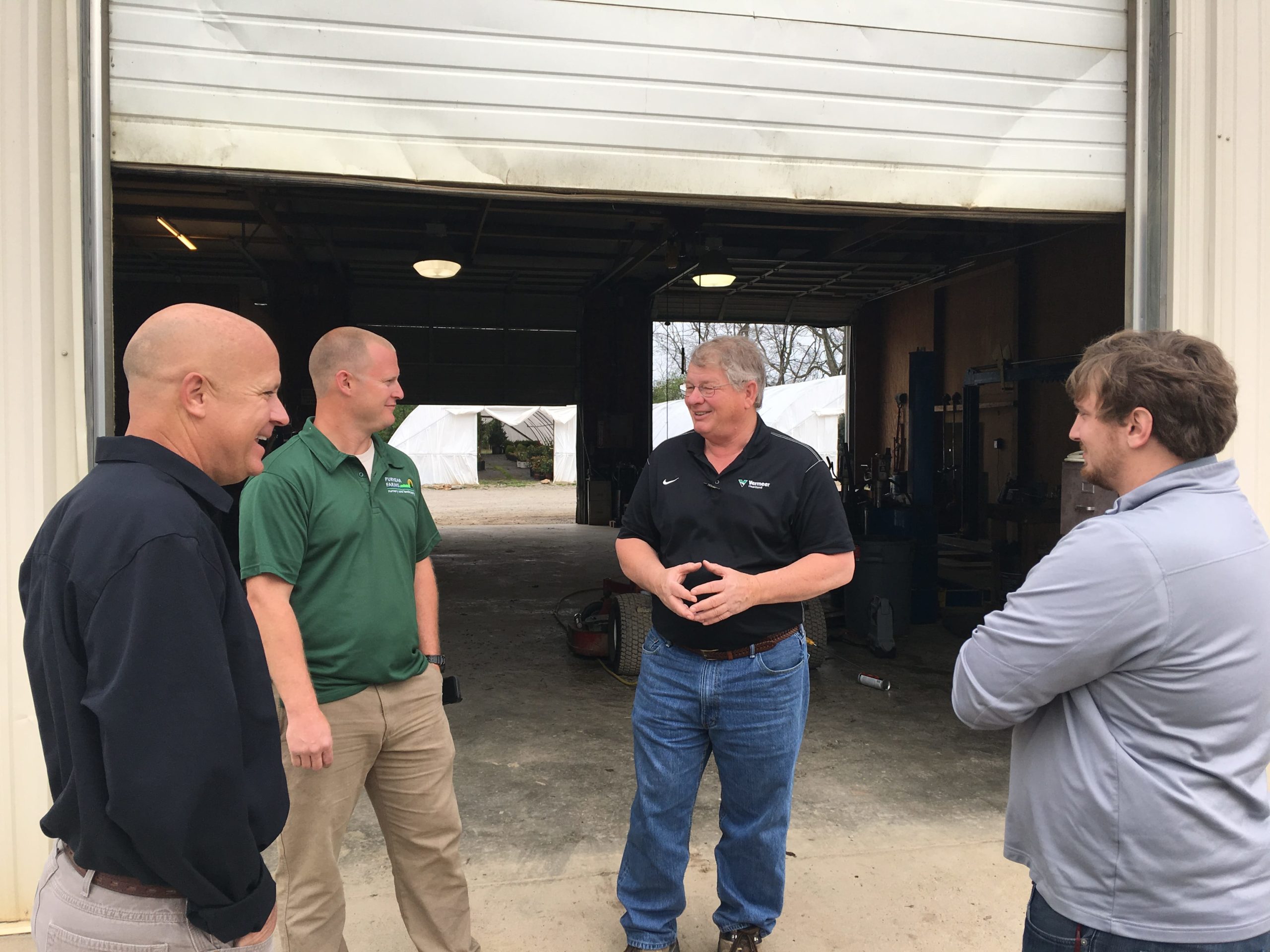Insurance coverage is a necessary part of business overhead, especially in the tree care industry. Think about it — this is an industry that involves employees working with trees overhead, and in difficult conditions. But if you ask Bob Rouse, Chief Program Officer of the Tree Care Industry Association, finding the right insurance coverage takes more than a simple phone call or a signature.
Asking the right questions
“You want to do your due diligence,” Rouse said. “For example, does your insurance carrier have specialty products available to tree care companies? Is your agent knowledgeable about the tree care industry? It’s worthwhile to ask these questions.”
All tree care businesses should be covered with general liability, commercial automobile, workers’ compensation, inland marine, umbrella and property policies, according to Rouse.
Covering all the bases
A general liability policy protects against claims for bodily injury and property damage arising out of premises, operations, products and completed operations; and advertising and personal injury liability.
“Verify that your liability policy is an ‘Occurrence’ based form coverage versus the ‘Claims Made’ form,” Rouse said. “The ‘Claims Made’ form can result in significant coverage gaps if you cancel coverage or change to an alternative insurer.”
According to Rouse, it’s also important to check that your liability policy uses a “Per Project” aggregate.
“The aggregate limit means that once the limit is exhausted due to claims, then the policy has ‘used up’ all of its coverage for the remainder of the policy period,” Rouse said. “By changing the policy condition to a ‘Per Project’ aggregate, you can avoid this rare but potentially devastating coverage short-fall. On average, a tree care company should carry a bare minimum of $1 million per occurrence and $2 million aggregate policy limits.”
Commercial automobile is just like it sounds, insurance for commercial vehicles. Like with a personal auto policy, it provides similar coverages such as liability, collision, comprehensive, medical payments (or personal injury protection) and uninsured motorist coverage.
“Don’t forget to periodically check that all work vehicles and equipment are properly insured and are covered correctly on your business auto policy,” Rouse said. “Sometimes a business will buy or sell something and forget to update the policy.”
Workers’ compensation provides wage replacement and medical benefits to employees injured during employment in exchange for mandatory relinquishment of the employee’s right to sue his or her employer for the tort of negligence.
“I’m always baffled when tree care companies don’t have workers’ compensation coverage in place as it’s actually required by law in every state,” Rouse said.
An inland marine policy covers property in transit over land, certain types of moveable property, instrumentalities of transportation and legal liability exposures of bailees (a person or party to whom goods are delivered for a purpose, such as custody or repair, without transfer of ownership).
“Make sure that your inland marine policy includes replacement cost coverage for equipment,” Rouse said. “With this coverage, you can be reimbursed for equipment such as chainsaws, chippers, stump grinders, etc., in the event that they are destroyed, stolen or damaged. If you don’t have replacement cost coverage, your insurance might only reimburse for the value of your equipment at the time it was lost or destroyed, which may be far less than the cost to replace the equipment.”
An umbrella policy provides extra liability insurance designed to help protect against major claims and lawsuits. It helps protect your assets and your future by providing additional coverage above the limits of a homeowner or auto policy.
Commercial property policies cover damage to buildings and contents in the occurrence of a set list of covered events, such as a fire. This policy may also cover loss of income or increased expenses that result from the damage.
“All property, office contents, buildings and so on need to be properly and adequately insured on some form of property insurance policy,” Rouse said. “There are so many freak accidents like fires or even a strong windstorm that can jeopardize business assets and real estate — you just never know.”
Helpful insurance resources
“TCIA has created a number of tools that explain how to purchase insurance,” Rouse said. “Documents like the Tree Care Professional’s Insurance Checklist are available on TCIA.org for members.”
This blog post was contributed by Tree Care Industry Association (TCIA).
Vermeer, the Vermeer logo and Equipped to Do More are trademarks of Vermeer Manufacturing Company in the U.S. and/or other countries.
© 2017 Vermeer Corporation. All Rights Reserved
